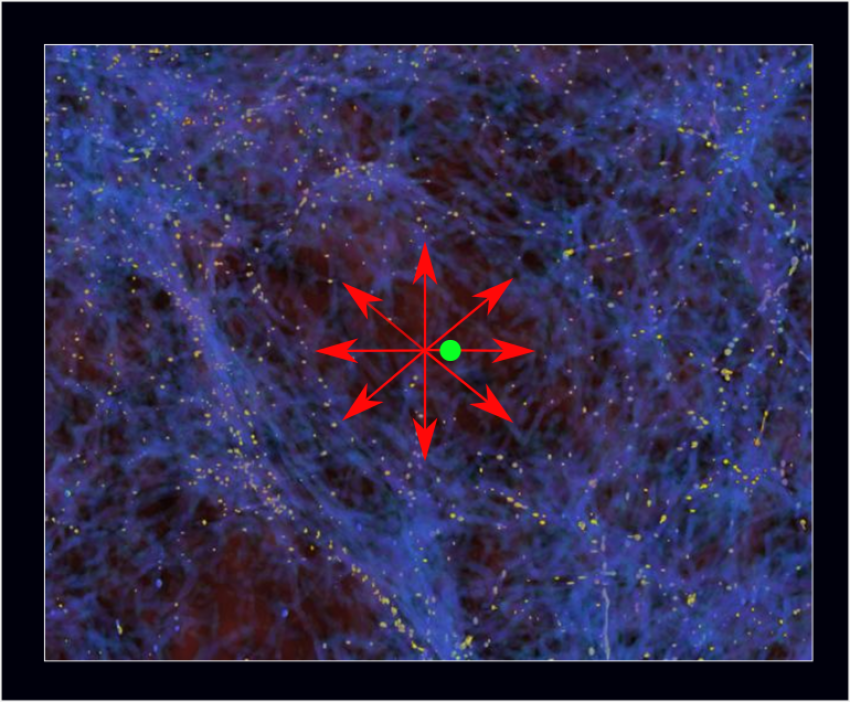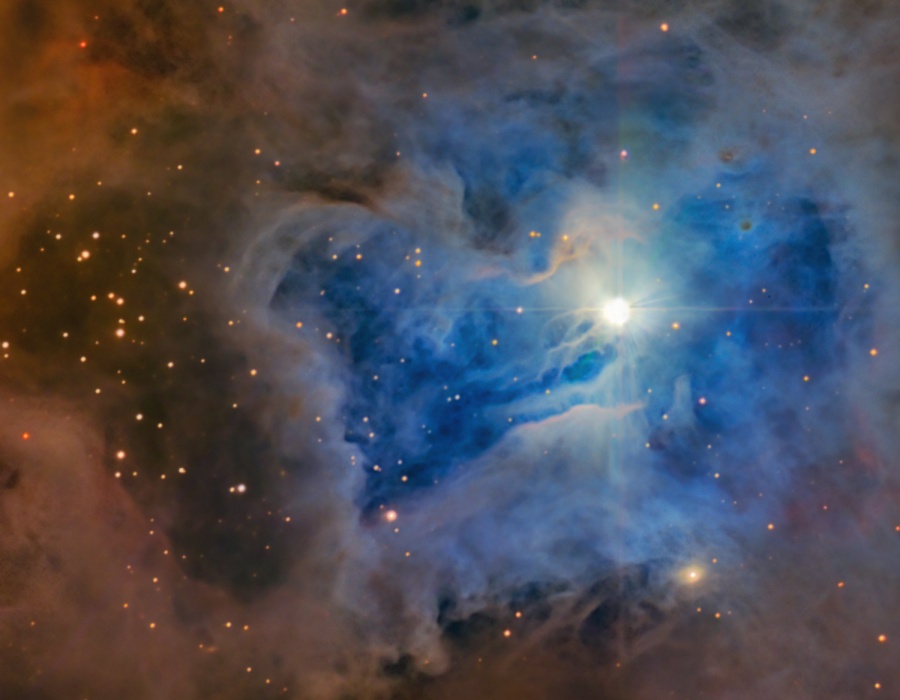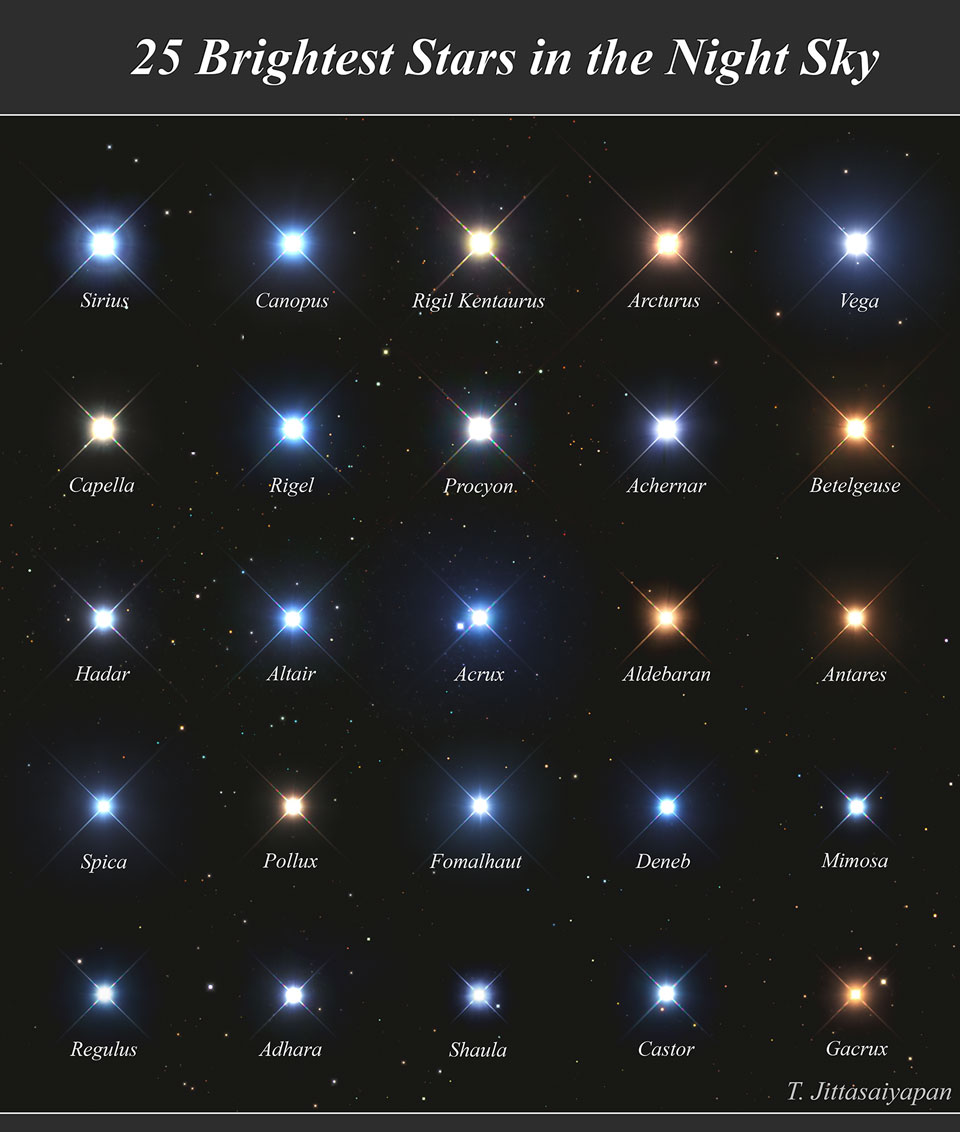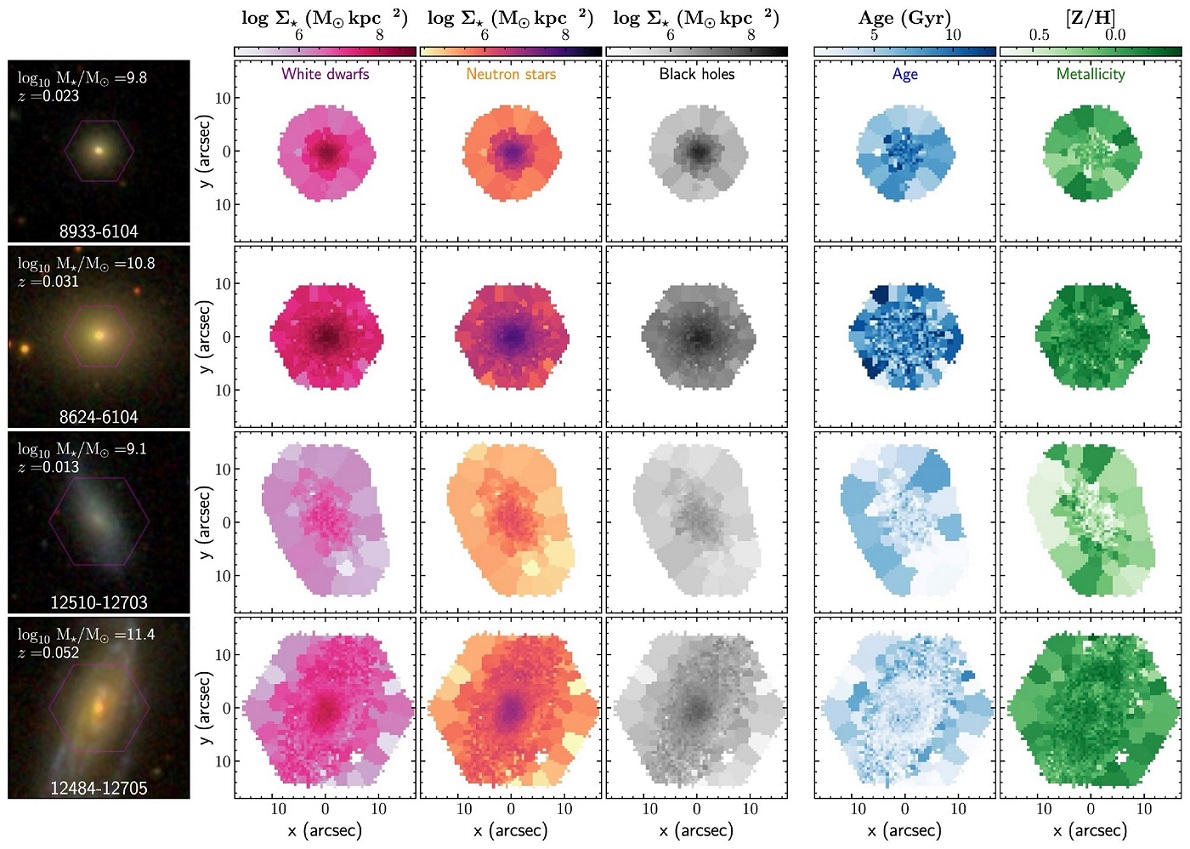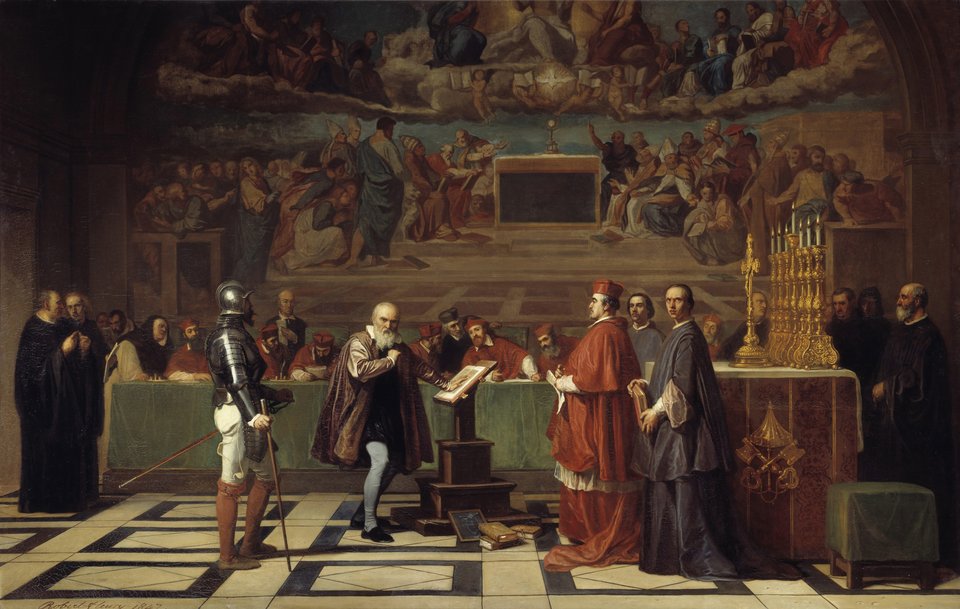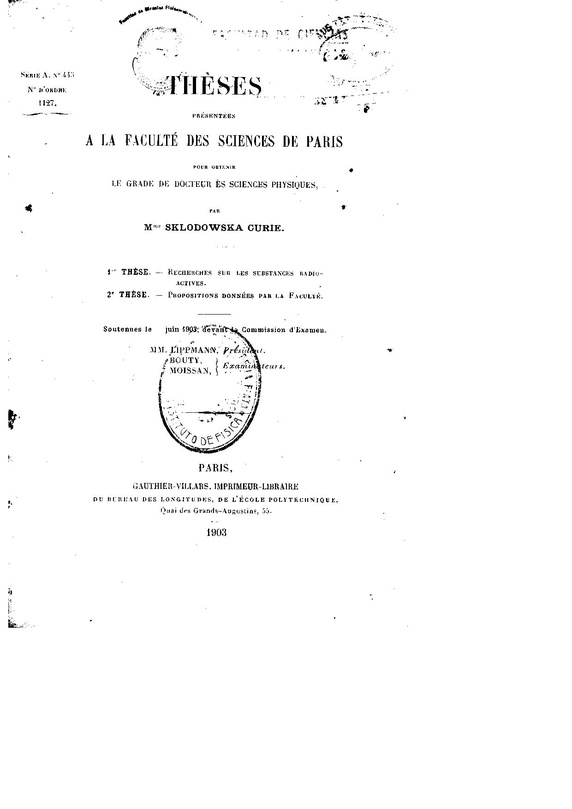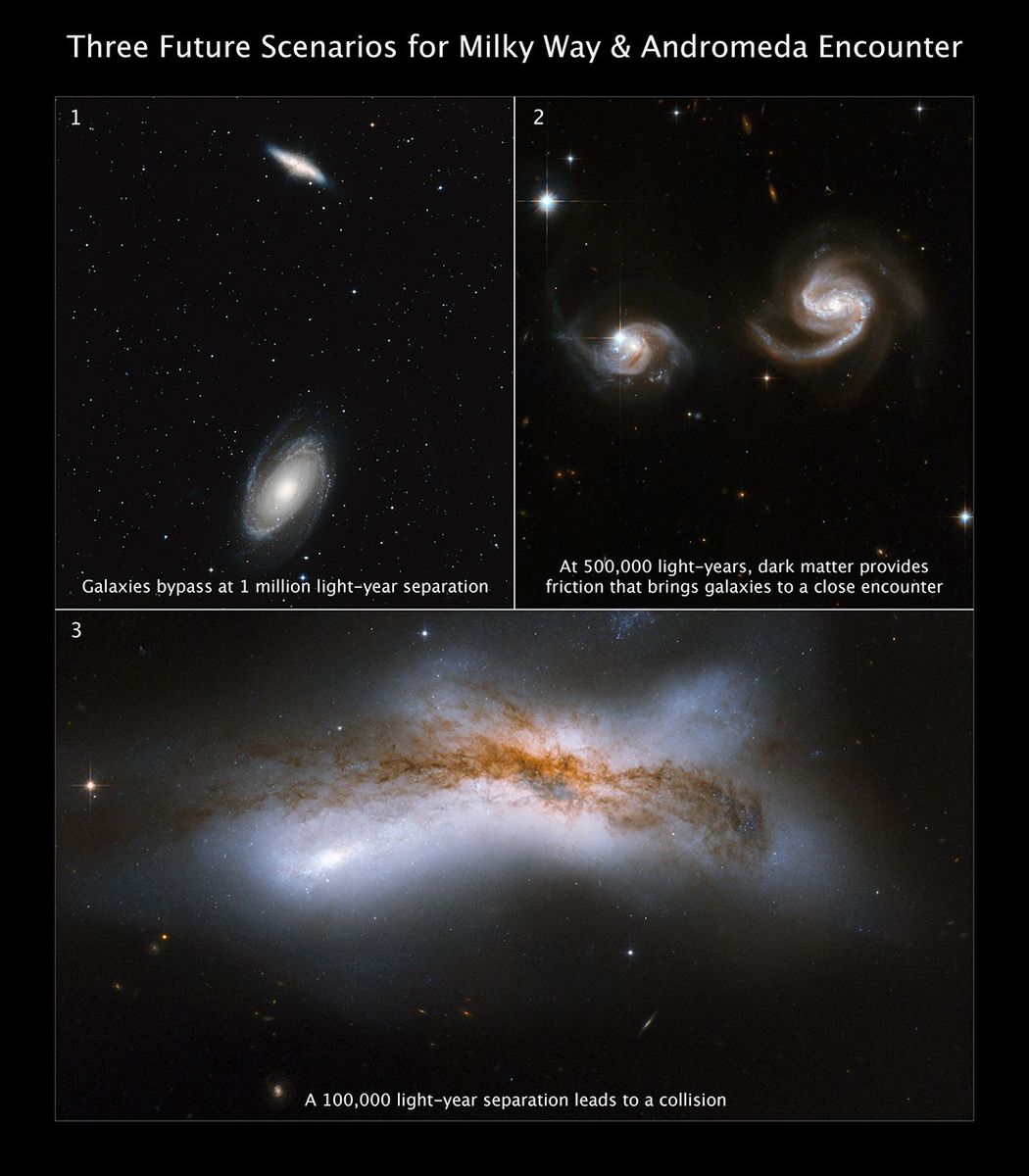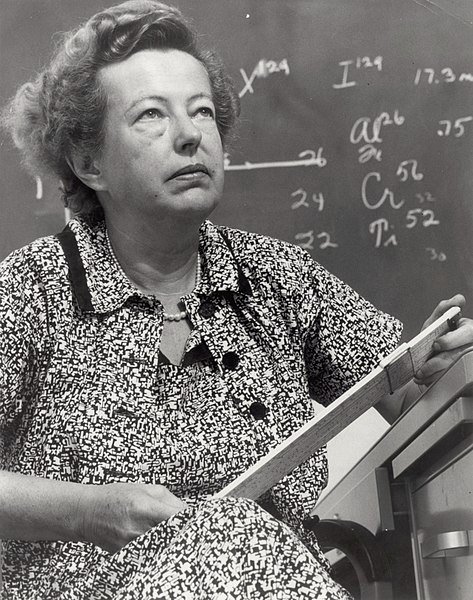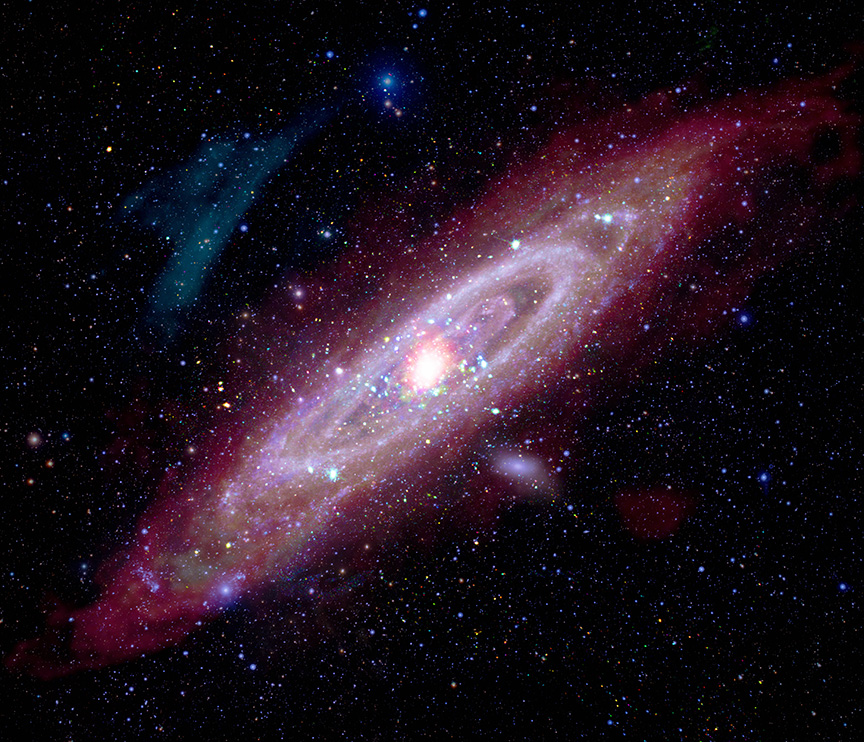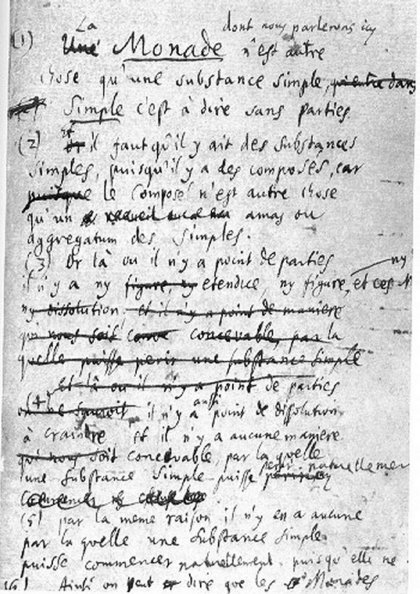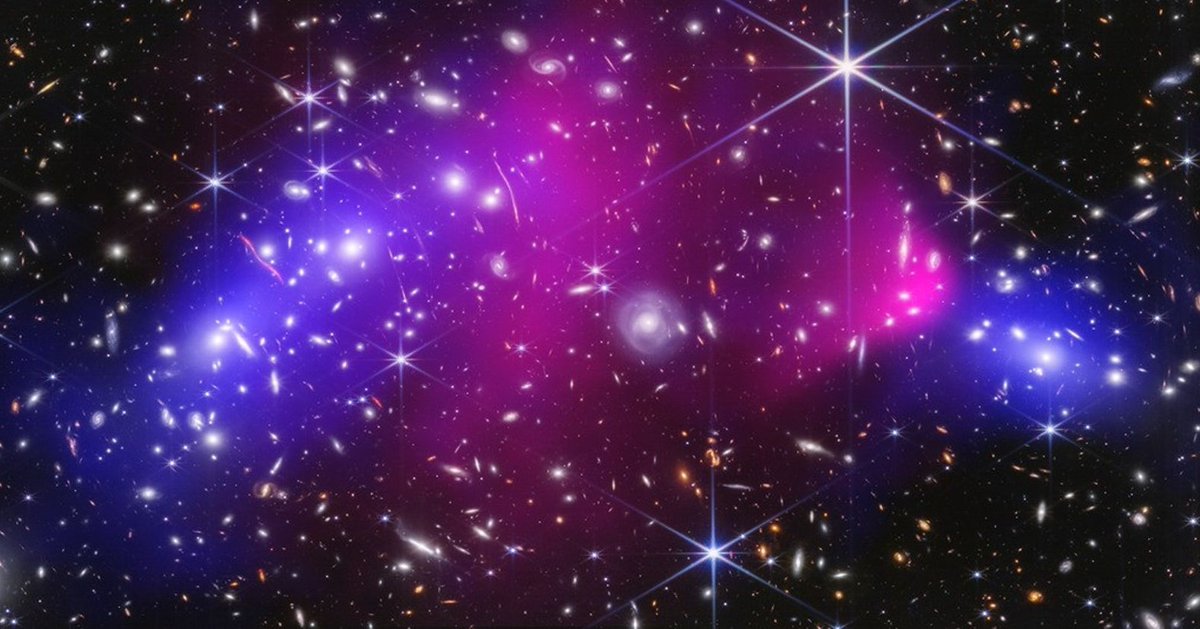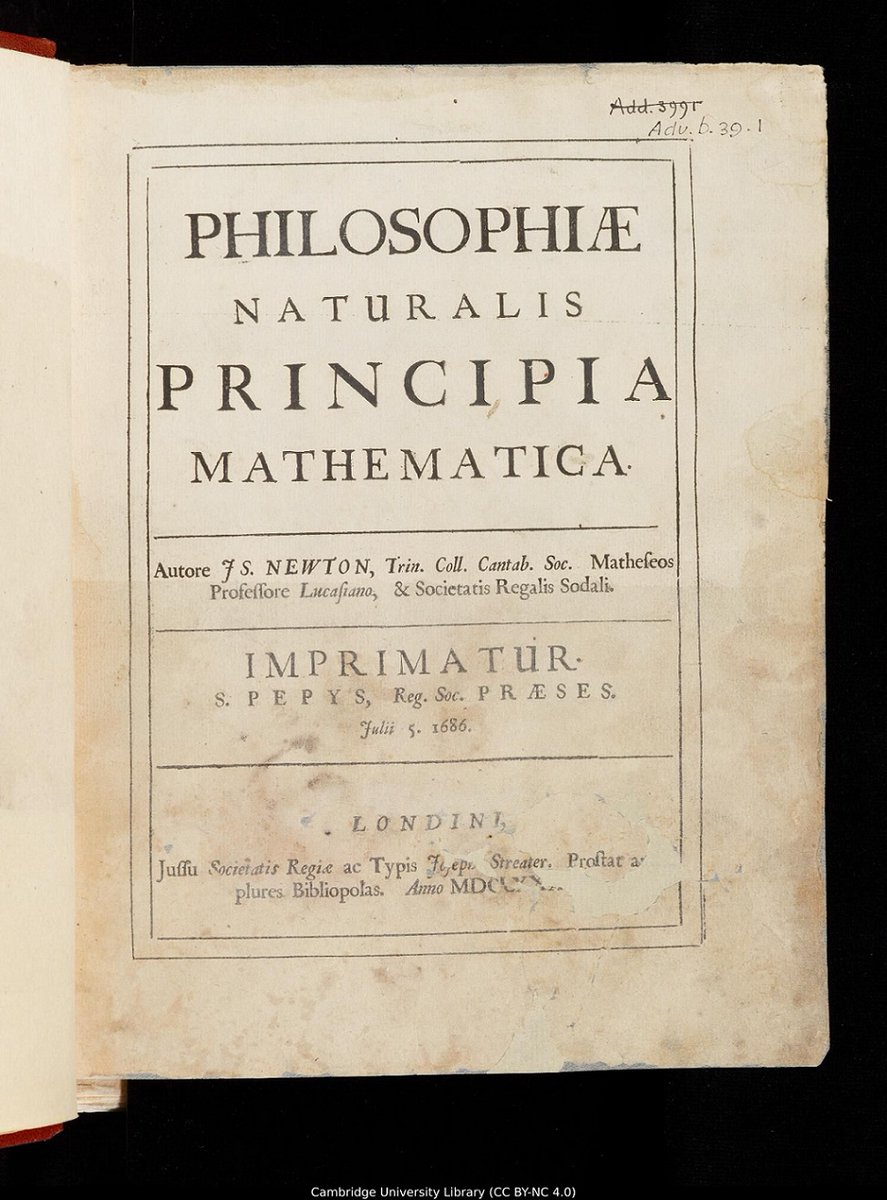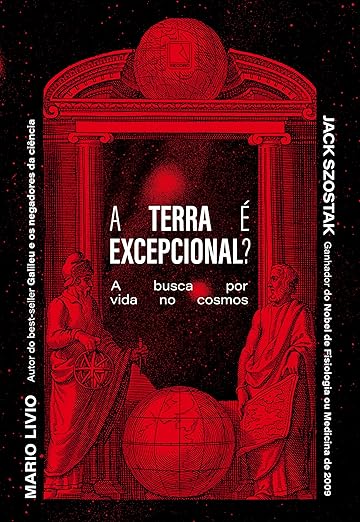
Nereide
@nereide
Physicist interested in Astrophysics & Particle Physics| Research in Math & Science Edu| Math & Science Writer| Teacher & Teacher Trainer| WomenInSTEM
ID: 6691762
https://www.linkedin.com/in/annarita-ruberto-3970507/ 09-06-2007 08:17:25
61,61K Tweet
7,7K Followers
64 Following







The first images from the NSF–DOE Vera C. Rubin Observatory (NSF-DOE Rubin Observatory) are here, and they are breathtaking! This spectacular image shows only a small corner of total view of the Virgo Cluster, 55 Mly away. Visible are two notable spiral galaxies (NGC 4411b, left; NCG 4411a,
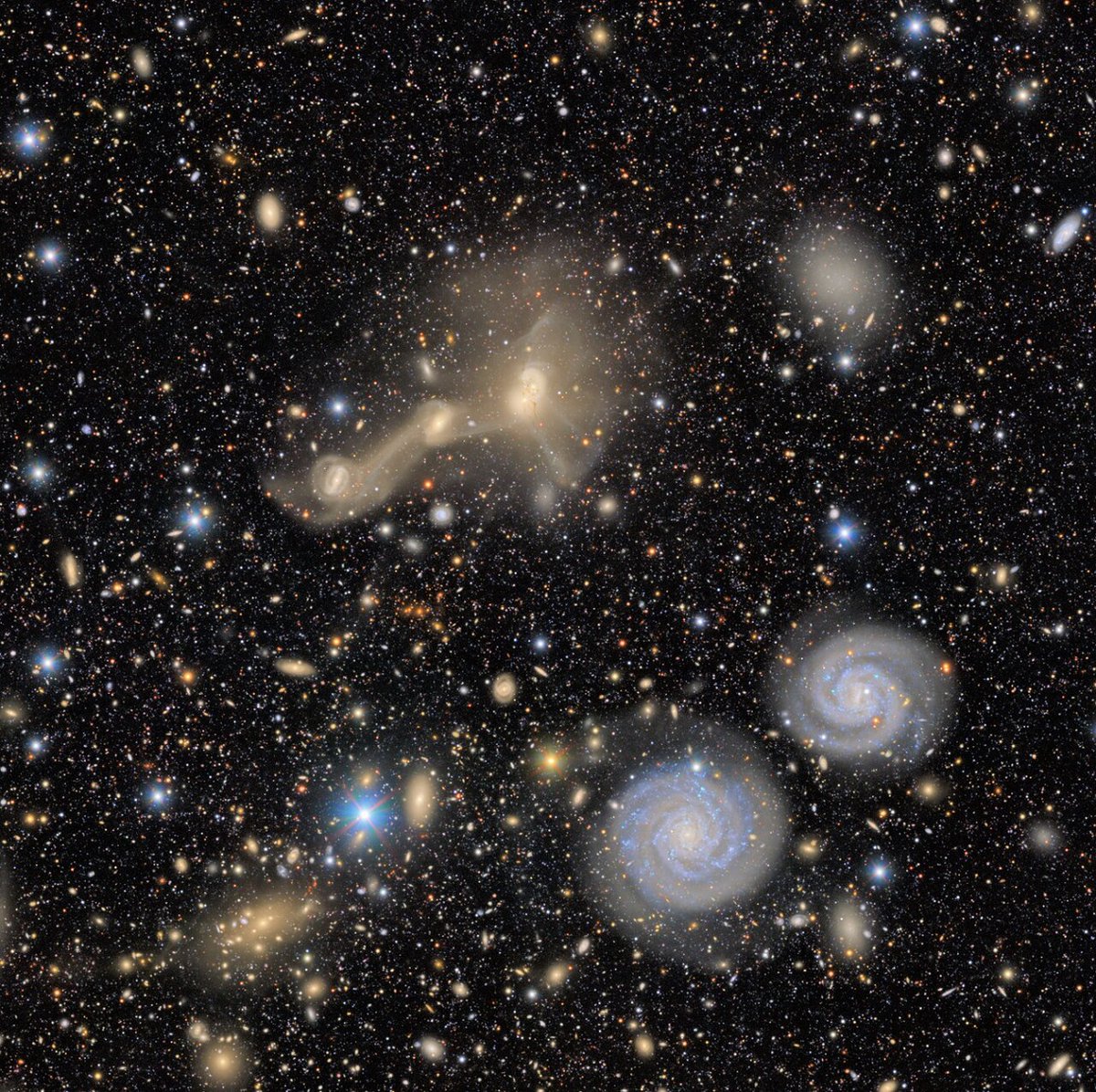











A recent article from the Royal Astronomical Society suggests that Earth and the Milky Way may be sitting at the centre of a vast “cosmic void” with a lower-than-average density, which could explain the so-called “Hubble tension”. This theory was presented at the National Astronomy Meeting
